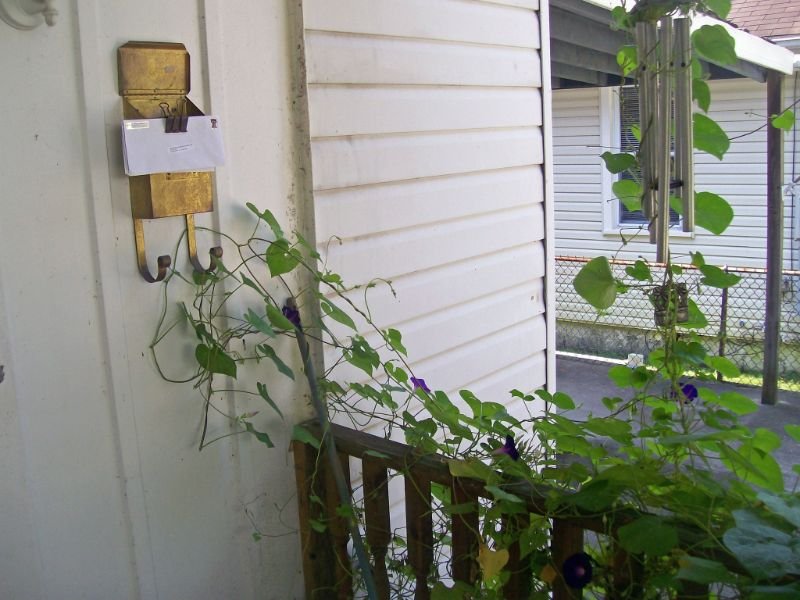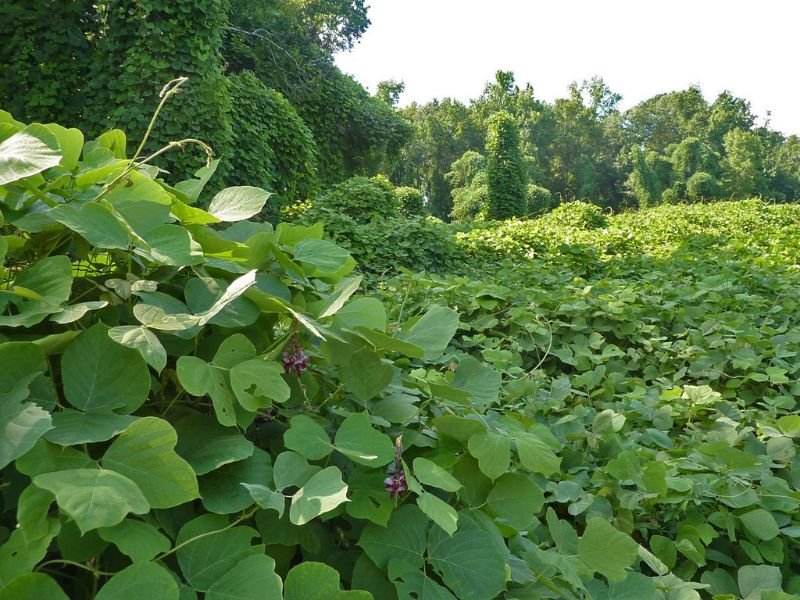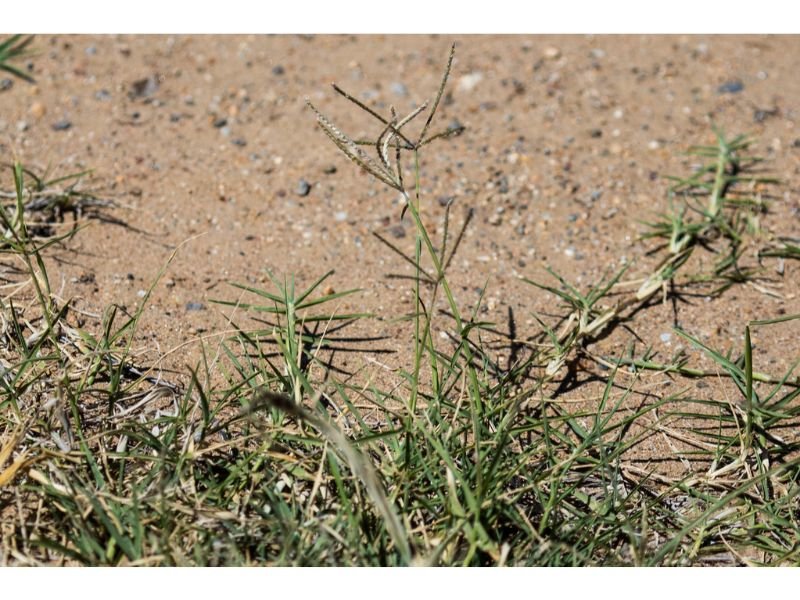A Stolon is a type of root system that is characterized by its long, slender, and branching form. Stolon roots are commonly seen in perennials such as grasses, herbs, and some shrubs. The name “stolon” comes from the Greek word for “branch.”
Unlike other types of roots, stolons grow horizontally along or just below the soil surface rather than growing downwards into the soil. These horizontal growths give rise to new plants along their length while they remain attached to their parent plant. The new plant formed at one end of the stolon is known as a daughter plant which may break away from its parent and establish itself as an independent organism when it reaches maturity.

Stolon offer several advantages over other types of roots since they make it easier for plants to spread across large distances quickly. They also support better nutrient uptake through their dense network of lateral roots which further increases photosynthesis activity throughout the plant body. In addition, this type of root structure helps prevent water runoff during times of heavy rain or flooding due to their numerous close-knit connections with each other that act like natural drainage pathways within the soil. This can help stabilize soils in areas prone to erosion or flooding damage.
Table of Contents
Some plants with Stolon roots
Stolon roots systems are a type of root system found in plants that can quickly spread and form new growth. Stolons, also known as runners, are underground horizontal stems that allow the plant to develop new shoots and grow in different directions. While there are many plants that have this type of root system, here are some of the most common varieties:
Strawberry Plants

The perennial strawberry plant is well-known for its ability to produce stolon which rapidly spread out into the surrounding areas and establish multiple plants over time. Not only do these roots allow the plant to quickly spread, but they also provide plenty of nutrient uptake which ensures healthy foliage throughout the growing season.
Creeping Vines

Creeping vines such as jasmine and ivy use their stolon root systems to rapidly cover flat surfaces like walls or fences while providing an abundance of flowers during their flowering season. As with all stolon root systems, these vines take advantage of abundant nutrients both above and below the surface ensuring continuous vigorous growth over many months or years.
Kudzu

Native to Asia, Kudzu is a notorious invasive species in parts of North America due to its rapid growth rate and widespread nature. This rapid expansion is supported by its extensive stolon root system which secures various connections between every part of the vine allowing it access to multiple types of soil as well as other vital resources like sunlight and water.
Grass Varieties

Many types of grasses use their stolon roots system for stabilization purposes rather than for rapid expansion across large areas. These shallow yet wide reaching roots anchor each blade so it isn’t easily moved away from a central area making sure that your lawn stays lushly covered throughout even harsh weather conditions. Specific grass varieties such as Bermuda Grasses rely heavily on their extensive structural capacity provided by their underlying stolon roots systems.
These four examples represent just some of the diverse range of plants that employ a powerful yet highly efficient Stolons Roots System when trying to expand either quickly or actively stabilize themselves under difficult conditions; any gardener looking to broaden their horticultural horizons should certainly explore what else might be available within this unique category!
So in conclusion, Stolon is a type of root systems with unique characteristics that distinguish them from other root types—most notably their ability to rapidly spread across large distances and establish multiple daughter plants without sacrificing nutrient uptake or stability in soils prone to erosion or flooding damage.

Gardening is my passion and growing plants indoors has always been a stress relief for me. Grow a banana tree in my apartment once (although failed to produce bananas).






